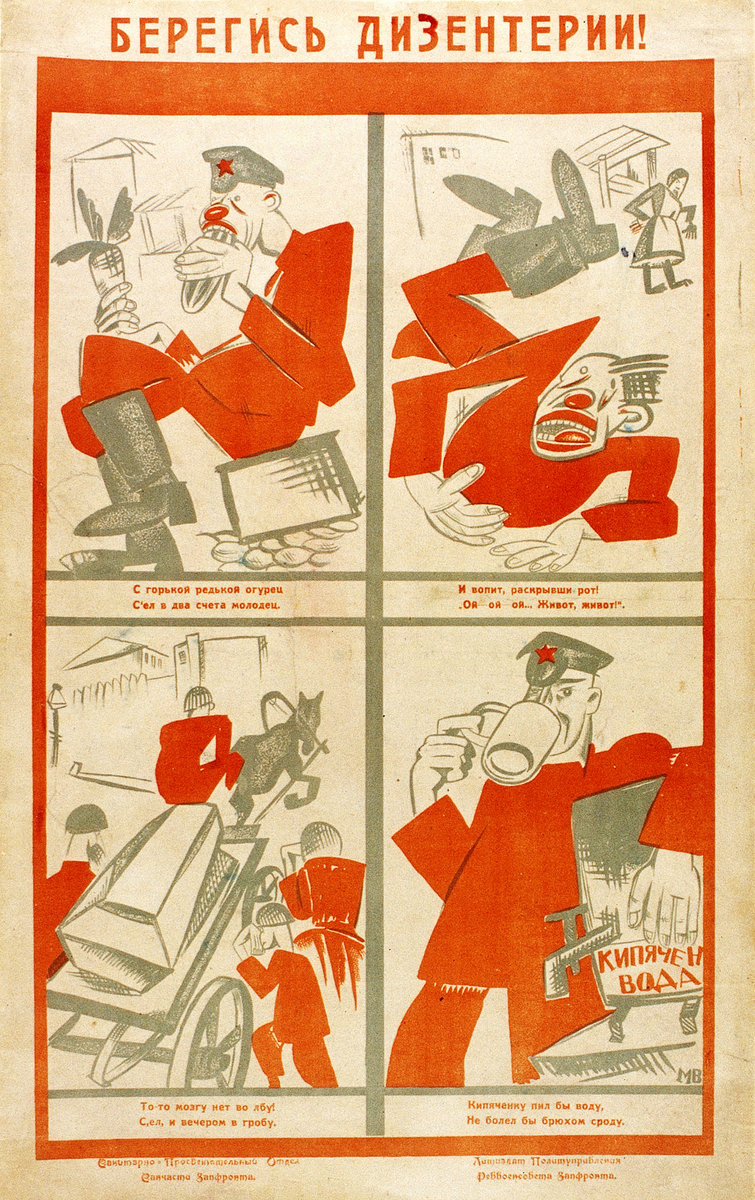
Thus justifying their right to obtain land. These petitions argued to both Howard and President Johnson although some states had seceded from the Union, the black population had continued to remain loyal.


Howard’s suggested representative committee quickly presented him with the Edisto Petitions, which called for African Americans to receive Homesteads that were promised to them for fighting in the war. Howard was in charge of ensuring freed people were safe from violence, gained equality before the law, and had access to education. With the creation of the Freedmen’s Bureau immediately following the war, it’s head General O. The author reaches his main topic of the Reconstruction period beginning with land disputes on behalf of the freed slaves. Foner argues that President Lincoln saw granting suffrage to black soldiers reasonable after witnessing such large amounts of participation for their own freedom. Yet his argument of African Americans doesn’t emerge until the second chapter where he begins illustrating their help during the Civil War.ĭuring the later years of the war, African Americans began fighting for the Union forces hoping to aid in their potential freedom. At one point Foner suggests that the Three-Fifths Compromise strengthened slavery in the South so much by 1860, that the South became the largest and most powerful slave society in the modern world.

Starting with the colonial period before the American Revolution, and ending with the first year of the Civil War, Foner illustrates the evolution of the slave industry in America. By the time that slavery was abolished in 1865, slavery had been an institution in the United States for centuries. Beginning the book with The Peculiar Institution of slavery, the author begins describing the origins of slavery in the United States and attempts to describe Americans justifications for slavery with the North’s acceptance for capital reasons, and the South’s acceptance for labor. Particularly through their development of beneficial institutions, their creation of new economies, and their contributions to both local and national governments. Rather than agreeing with such traditional understandings, Foner attempts to overthrow such beliefs by arguing in favor of African Americans. Foner begins by explaining that such traditional understandings came from white Southerners who blamed their misfortunes on greedy Northerners and inept African Americans.

In Forever Free: The Story of Emancipation and Reconstruction, author Eric Foner analyzes the traditional understandings of the Reconstruction period immediately following the American Civil War.


 0 kommentar(er)
0 kommentar(er)
